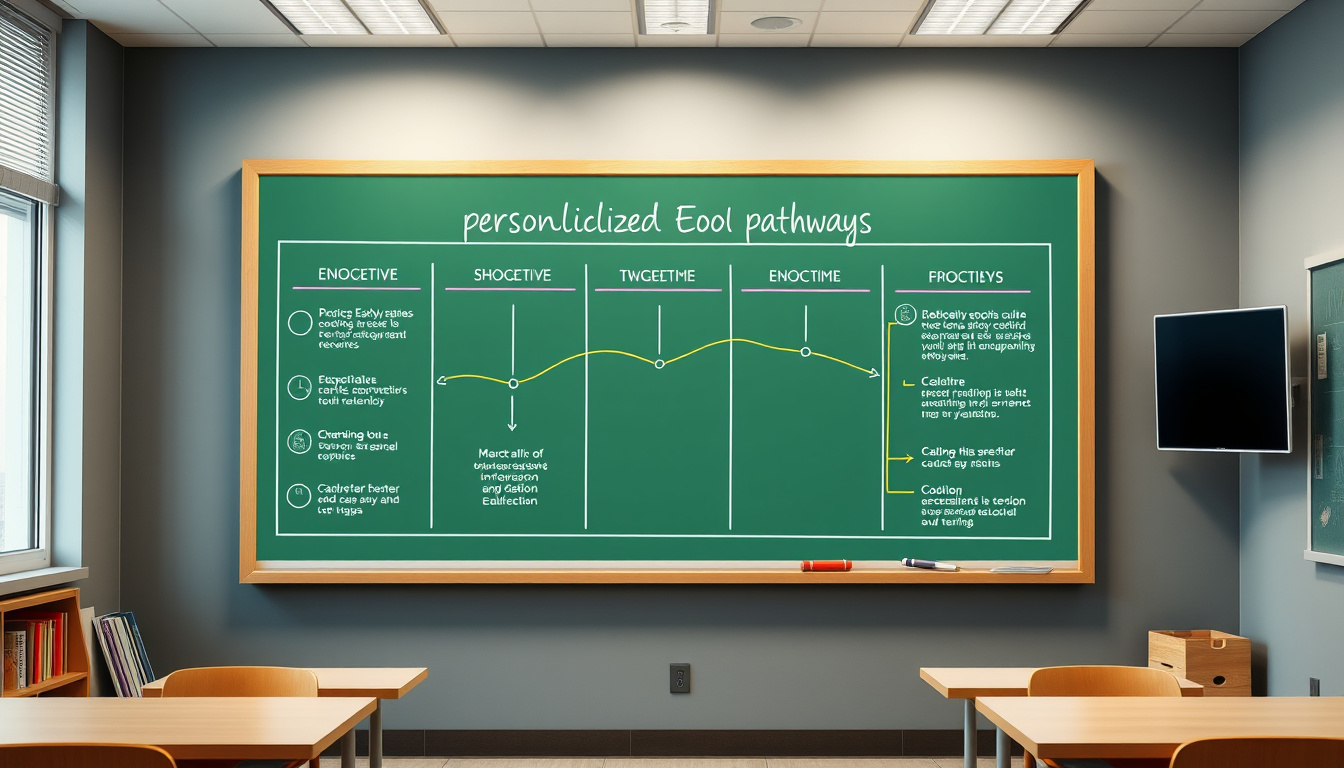In today’s rapidly evolving educational landscape, autonomous learning is emerging as a transformative approach that redefines how students engage with their studies. Autonomous learning, often referred to as self-directed learning, empowers students to take control of their educational journey, fostering independence, motivation, and critical thinking. This article explores how autonomous learning transforms education and contributes to significantly improved student success.
What Is Autonomous Learning?
Autonomous learning is a process where learners take the initiative to identify their learning needs, set goals, find resources, and evaluate their own progress. Instead of relying solely on teachers or structured curricula, students become active participants who steer their own education. This approach nurtures skills such as problem-solving, time management, and self-reflection, which are invaluable beyond the classroom.
The Shift Toward Autonomous Learning in Education
Traditional educational systems often emphasize teacher-led instruction, where students receive information passively. While this method has its place, it sometimes limits a student’s ability to develop deeper understanding and independent skills. Autonomous learning challenges this norm by encouraging:
- Self-motivation and discipline
- Personalized learning paths
- Critical engagement with content
- Lifelong learning habits
As educational institutions increasingly recognize the benefits of student autonomy, many are integrating autonomous learning principles into their curricula and pedagogical strategies.
How Autonomous Learning Boosts Student Success
The impact of autonomous learning on student success is profound. Here are some key ways it drives better educational outcomes:
1. Increased Motivation and Engagement
When students have ownership over their learning, they tend to be more motivated and engaged. Autonomous learners pursue topics that interest them and approach tasks with curiosity rather than obligation. This intrinsic motivation leads to sustained focus and better retention of knowledge.
2. Development of Critical Thinking and Problem-Solving Skills
Autonomous learning requires students to critically analyze material, make decisions on how to proceed, and solve problems independently. These higher-order skills not only improve academic performance but also prepare students for real-world challenges.
3. Improved Academic Performance and Confidence
Students who learn autonomously tend to perform better academically. They are better equipped to manage their time, use resources effectively, and ask meaningful questions. This confidence positively affects their willingness to tackle difficult subjects and persist through setbacks.
4. Personalization and Adaptability
Autonomous learning allows students to tailor their education to their unique needs and learning styles. This personalization can help accommodate diverse learners and makes the educational experience more relevant and effective.
Implementing Autonomous Learning: Strategies for Educators
Shifting to an autonomous learning model requires intentional design and support. Educators play a crucial role in facilitating this process through:
- Setting clear goals: Help students define achievable and meaningful learning objectives.
- Providing resources: Offer access to varied materials such as books, videos, and online platforms.
- Encouraging reflection: Promote regular self-assessment and feedback sessions.
- Scaffolding independence: Gradually release responsibility as students build confidence and skills.
- Using technology: Employ digital tools that support personalized learning paths and track progress.
By embedding these strategies into their teaching practices, educators can foster an environment where autonomous learning flourishes.
The Role of Technology in Autonomous Learning
Technology has been a game-changer for autonomous learning, providing tools that enhance accessibility and personalization. Online learning platforms, adaptive software, and interactive multimedia enable students to learn at their own pace and according to their interests.

For example, Massive Open Online Courses (MOOCs) offer thousands of courses across disciplines, accessible anytime and anywhere. Students can choose subjects relevant to their goals, enabling a self-directed learning experience far beyond traditional classrooms.
Educational apps that use artificial intelligence can identify areas where a student struggles and provide customized exercises, further supporting autonomous progress. This technology integration supports the shift from passive reception to active exploration.
Benefits for Educators and Institutions
Autonomous learning not only benefits students; it also yields advantages for teachers and educational institutions:
- Teachers serve as facilitators: Instead of delivering content, educators guide and mentor learners, enhancing job satisfaction and professional growth.
- Resource optimization: Autonomous learning can reduce pressure on classroom time and allow for differentiated instruction.
- Improved learning outcomes: Institutions adopting autonomous learning see higher rates of student retention, satisfaction, and success.
These benefits encourage a sustainable educational model that adapts to the needs of a diverse student population.
Challenges in Promoting Autonomous Learning
Despite its advantages, autonomous learning is not without challenges:
- Student readiness: Some students may initially struggle with self-regulation and require scaffolding.
- Equity concerns: Not all students have equal access to learning technologies or supportive environments.
- Teacher training: Educators need adequate professional development to support autonomous learning effectively.
Addressing these challenges demands systemic support, including investment in infrastructure, teacher education, and inclusive policies.
Examples of Autonomous Learning in Practice
Many educational settings have successfully integrated autonomous learning to boost student success:
- Project-based learning: Students work on real-world problems, managing their projects and timelines.
- Flipped classrooms: Learners study instructional material independently and use class time for collaborative activities and problem-solving.
- Inquiry-based science education: Students form questions, pursue investigations, and present findings, fostering independence and critical thinking.
These methods exemplify how autonomous learning can be embedded in various disciplines and educational levels.
Frequently Asked Questions about Autonomous Learning
1. What are the main benefits of autonomous learning for students?
Autonomous learning helps students develop self-motivation, critical thinking, and problem-solving skills. It allows them to personalize their learning experience, leading to greater engagement and academic success.
2. How can teachers encourage autonomous learning in the classroom?
Teachers can encourage autonomous learning by setting clear learning objectives, providing resources, promoting reflection, and gradually shifting responsibility to students for their own learning.
3. Is autonomous learning suitable for all age groups?
Yes, autonomous learning can be adapted for different age groups by tailoring expectations and providing appropriate support to develop self-regulation skills progressively.
Conclusion: Embrace Autonomous Learning to Unlock Student Potential
Autonomous learning is a powerful catalyst for transforming education and driving student success. By fostering independence, motivation, and critical thinking, it prepares learners not only to excel academically but also to thrive in a complex, ever-changing world. Educators and institutions that embrace this paradigm shift are investing in a future where every student has the opportunity to realize their full potential.
Unlock the benefits of autonomous learning today by advocating for student-centered practices, integrating technology, and committing to continuous improvement in teaching. By doing so, you contribute to an educational ecosystem that truly empowers learners to succeed. For more on innovative learning approaches, consider exploring insights from the World Economic Forum on education transformation (source).
Are you ready to transform your educational practice and boost student outcomes? Start embracing autonomous learning principles now and witness how inspired, independent learners achieve remarkable success.




